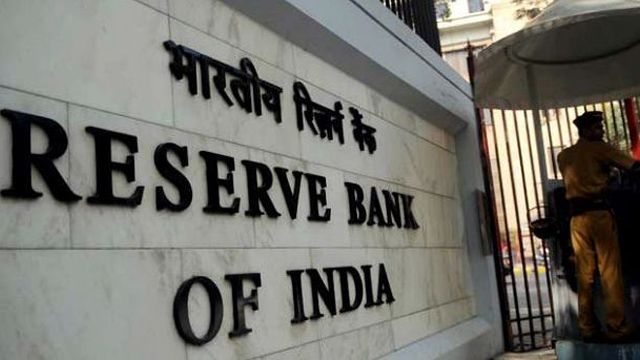The unexpected rate hike and liquidity boost by Reserve Bank of India’s new governor Raghuram Rajan created a wall among analysts and economists
The unexpected rate hike and liquidity boost by Reserve Bank of India’s new governor Raghuram Rajan created a wall among analysts and economists, with one section calling the moves as “growth-supportive”, whereas others saying Rajan has left the market perplexed and more dampened the already feeble growth.
A research report by the HDFC Bank states that RBI Governor Rajan has recognized his credentials as a responsible central banker responsive to vital macroeconomic vulnerabilities and not a haughty cheerleader for growth. His giving weightage to long-term inflation and not just one or two high inflation prints is also comforting.
Noting that Rajan has alarmed the market, the report believed that raising the repo rate was the natural reaction in view of sky-touching inflation and possible fall of the rupee.
Reportedly, PwC India’s financial services head Robin Roy said, “the inflationary hang over is still very obvious in the policy document, although we feel that the recent monsoons may help dull the CPI and food inflation. While effective interest rates have not been mitigated for banks, short-term liquidity has not been thwarted. So in all, the governor made a calculated attempt to balance inflation control steps and fuel growth sustained by a good monsoon and expected results of measures to moderate import dependent demand.”
Meanwhile, stating the policy stand as powerfully combative, the Standard Chartered Bank’s Anubhuti Sahay said, “the surprising policy rate hike and the strong contentious prejudice are liable to dampen market sentiment. It also indicates that RBI has changed its focus back to domestic factors.”
Recounting the policy as a careful assessment act executed by the new governor, EY India’s financial services head Abizer Diwanji said this shows his watchful attempt to relieve the exceptional measures on liquidity at one end and inflation/growth-determined preferences on the other.
On the other side Credit Suise’s Robert Prior-Wandesforde called the statement as a sign of Rajan’s bewilderment saying the vital question is what exactly is he trying to get by hiking the repo rate by 25 bps to 7.5 percent?”
Observing that the cause for repo rate hike is fixed objectively on inflation, he said, apparently, Rajan would have anticipated that by raising the repo rate the Indian currency would strengthen. Sadly, though, this hasn’t come about or may be not yet and figures shows a repo rate rise has a major negative impact on economic activity than higher money market rates.
Crisil chief economist Dharmakirti Joshi said Governor Rajan has emphasised on inflation control while taking steps to ease the short-term borrowing cost and the repo rate hike points out concerns on high inflation even in a lacklustre growth environment. On the whole, measures taken by the RBI today will lead to lessen the borrowing costs for banks in the near future.
Another rating agency India Ratings also voiced similar views saying inflation continues to remains the main concern for RBI, but also alerted that this will keep lending rates high.
The India Ratings report said “amid the developing growth-inflation acts, the Reserve Bank current monetary policy stance evidently mirrors its aim to secure both inflation and inflationary expectations. We think that this has been prompted by the turnaround of the deteriorating trajectory of whole price index inflation, high retail inflation and underlying economic inflation due to the recent rupee downfall.”
Portraying the policy stance as more hawkish than expected, ICRA chief Naresh Takkar said it has shown that additional actions can be two-way, depending on exchange market stability.
Kuntal Sur of KPMG India said, “The policy announced is on the same wavelength with earlier policies, where RBI has given priority to inflation control.”
Deloitte’s Atul Dhawan said the liquidity boost may not certainly assure the industry a spin in growth forecast in the near term and consequently the development in growth largely depends only on other policy initiatives of the government.





